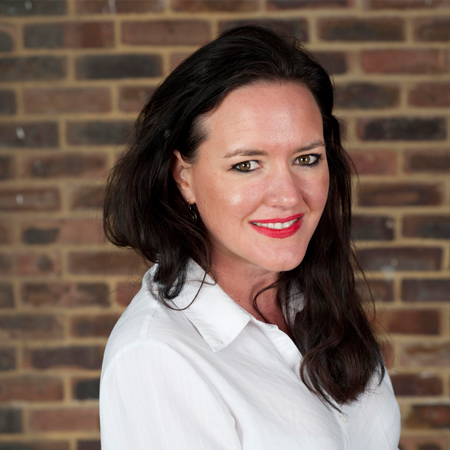Perhaps the only advantage we can extract from the recent global pandemic is that we have learned to be more “local”. We have worked from home, shopped in the vicinity and learned to extract the most we can from our immediate neighbourhoods – and this notion seems to have stuck as we return to some form of normality.
In my own small village, I have recently seen new wine bars, eateries and a number of artisan shops open that sell local produce. This is breathing new life into a tired little high street and is helping to create a thriving local community that answers local needs.
The notion of a thriving local hub that fulfills the needs of its community isn’t only restricted to small communities such as my village. I recently heard about the concept of the “15 minute city” and having delved deeper, have learned that entire cities can also serve their local communites within them, when they provide everything the local community requires within a 15 minute radius.
The concept “The 15-minute city” has been inspired by French-Colombian scientist Carlos Moreno. He believes that in cities both large and small, our sense of time has become warped by all the hours that we spend navigating our urban landscape. He feels that cities should in fact be responding to our needs, rather than vice versa.
His concept highlights that it can and should be attainable for people to have access to everything they need within a 15-minute walk or cycle of their dwellings. The six essential functions within this radius should provide living, working, commerce, healthcare, education and entertainment. This in turn makes neighbourhoods ‘human-sized’, accessible and easy for all who dwell within them.
The framework of his model lists the four components to consider as density, proximity, diversity and digitalisation. In regards to density, Moreno cites the work of Nikos Salingaros, a renowned mathematician known for his work on urban, architectural and complexity theory and design philosophy. Saligaros theorises that an optimal density for urban development exists, which encourages local solutions to local problems.
Proximity refers to both space and time. In an increasingly “time-poor” society, having everything we need in close proximity aids our quality of life and reduces the amount of space and time necessary for each activity. We can also consider the environmental impact. Simply put, less driving means less pollution.
Diversity refers to mixed-use development and facilitating diverse and multicultural neighbourhoods, both of which can inherently improve the urban experience and boost community participation in planning processes.
The final element is digitalisation, which is a key aspect of the 15-minute city. The mammoth enhancements in technology in what we may call the “Fourth Industrial Revolution”has given us all access to a connected and virtual world. Online communication and shopping makes everything easily accessible from our own homes.
When these four components combine on a mass scale, the results are accessible cities, which provide a higher quality of life and that are green and sustainable for all who live in them.

